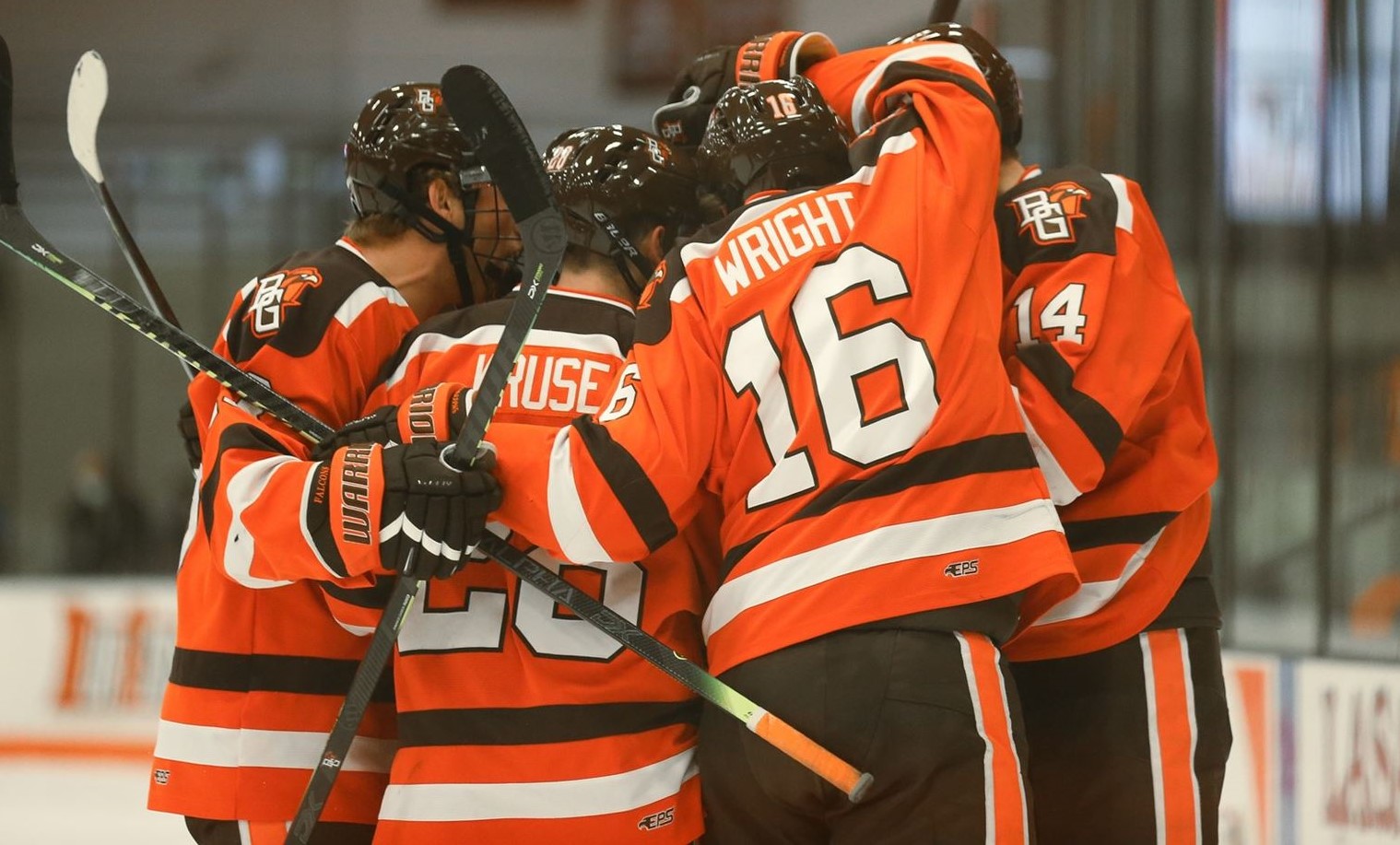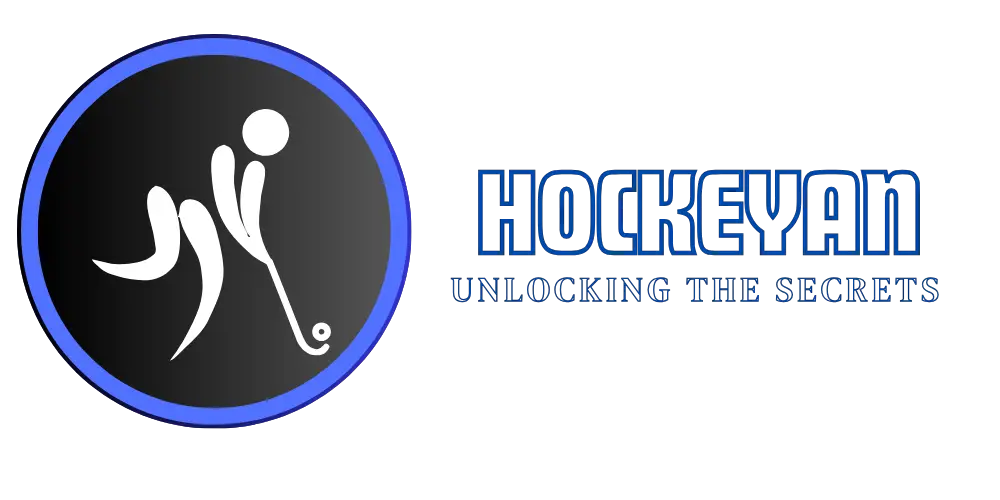Hockey is a thrilling sport. Strategy plays a huge role in winning games.
In hockey, ruses are clever tricks or tactics used to outsmart the opposition. These strategic plays can change the outcome of a game. Understanding these ruses can give teams a competitive edge. Hockey ruses are not just about skill; they involve mental agility and quick thinking.
Players use them to deceive opponents, creating opportunities for scoring or defending. From fake shots to unexpected passes, these tactics keep the game unpredictable and exciting. Learning about these ruses can improve a player’s game and enhance their understanding of hockey dynamics. Whether you are a player, coach, or fan, knowing these tricks can make watching or playing hockey much more fascinating. Dive into the world of hockey ruses and see how they can impact the game.
Hockey Equipment Essentials
Hockey ruses often involve clever maneuvers and equipment use. These essentials ensure players can execute strategies effectively. From sticks to protective gear, each item plays a crucial role.
Hockey Equipment Essentials Whether you’re a seasoned player or just starting out, having the right hockey equipment is crucial. It not only enhances your performance but also ensures your safety on the ice. Let’s dive into the essentials you need to gear up for hockey.Choosing The Right Gear
Selecting the right gear can make or break your hockey experience. Start with a well-fitting helmet; it protects your head from high-speed impacts. Look for helmets with a snug fit and good ventilation. Next, focus on skates. Comfort is key here. Make sure they fit well and provide good ankle support. If they’re too tight, you’ll be in pain. Too loose, and you risk injuries. Don’t overlook your stick. A stick that’s too long or too short can affect your play. Measure from the floor to your chin while in skates to find the perfect length. Also, consider your shooting style when choosing the stick’s flex.Maintaining Your Equipment
Taking care of your gear can extend its life and keep you safe. After each game, dry out your equipment to prevent mold and bacteria. I once skipped this step and ended up with a smelly bag and a rash. Sharpen your skates regularly. Dull blades affect your speed and control. A good rule of thumb is to sharpen them after every 15-20 hours of ice time. Inspect your gear for wear and tear. Check for cracks in your helmet, loose stitching in your gloves, or broken laces. Replacing worn-out items can prevent injuries. Do you have any personal tips for maintaining hockey equipment? Share them in the comments below!
Credit: www.uscho.com
Skating Techniques
Hockey ruses in skating involve clever moves and quick direction changes. Players use speed and agility to outsmart opponents. These techniques can create scoring chances.
Skating Techniques Mastering skating techniques is essential for any hockey player aiming to improve their game. Whether you are a beginner or a seasoned player, enhancing your skating skills can give you a significant edge on the ice. From boosting your speed to refining your agility, there are several ways to sharpen your skating abilities.Improving Speed
Speed is crucial in hockey. The faster you can get from point A to point B, the better your chances of outmaneuvering your opponents. To improve your speed, focus on your stance. Keep your knees bent and your body low to the ice. This position allows for quicker strides and more powerful pushes. Additionally, work on your stride length. Longer strides mean covering more ground with each push. Practice extending your legs fully during each stride to maximize your reach. Don’t forget about your upper body. Proper arm movement can help balance and propel you forward. Swing your arms in sync with your strides to maintain momentum and speed.Enhancing Agility
Agility is just as important as speed in hockey. The ability to change direction quickly can make a significant difference in your performance. One way to enhance your agility is through edge work. Spend time practicing tight turns and quick stops using both the inside and outside edges of your skates. This will help you maneuver around opponents with ease. Crossovers are another excellent technique for boosting agility. They allow you to change direction smoothly while maintaining speed. Practice crossing one foot over the other during turns to make your movements more fluid. Incorporate agility drills into your training routine. Simple exercises like cone drills can significantly improve your on-ice agility. Set up cones in various patterns and practice weaving in and out of them as quickly as possible. Have you ever watched a player weave through defenders effortlessly? That could be you with the right techniques and practice.Puck Handling Skills
Puck handling skills are crucial for any hockey player. They separate good players from great ones. These skills allow you to control the game. You can create scoring opportunities and defend effectively. Let’s explore two key aspects of puck handling: mastering control and effective passing.
Mastering Control
Mastering control means keeping the puck close. It involves quick movements and sharp turns. Use your stick to guide the puck. Keep your eyes on the ice. This helps you spot openings and avoid defenders. Practice dribbling drills regularly. They improve your hand-eye coordination.
Skating speed is also important. You need to move swiftly while controlling the puck. Work on your speed and agility. This makes you a more dangerous player. Your ability to change direction quickly will confuse opponents.
Effective Passing
Effective passing is vital in hockey. It creates scoring chances and maintains possession. Always aim for your teammate’s stick. A good pass is accurate and quick. Use your wrists to control the puck’s speed and direction.
Communication is key. Talk to your teammates on the ice. Let them know where you are. Listen to their calls as well. This coordination makes your team stronger.
Practice passing drills often. They help you develop precision. Work on different types of passes. Short passes, long passes, and bounce passes. This versatility will make you a better player.
Offensive Strategies
Offensive strategies in hockey are essential for success. Teams need to create scoring chances and capitalize on power plays. These strategies help break through tough defenses. This section will explore ways to score and use power plays effectively.
Creating Scoring Opportunities
Good positioning is crucial. Players should spread out to cover more ice. Passing quickly can confuse defenders. Quick passes can lead to open shots. Forwards should stay near the goal. This increases the chance of rebounds. Shots from the blue line can also be effective. Defenders can take long shots, hoping for deflections. Skating speed is another key factor. Fast players can break away from defenders. They can create one-on-one chances with the goalie.
Executing Power Plays
Power plays give teams a big advantage. They need to use this time wisely. Setting up in the offensive zone is the first step. Players should form a tight formation. This makes it easier to pass the puck. The point player is important. They control the puck from the blue line. Quick passes and movement can tire out the penalty killers. Players should move the puck side to side. This can open up shooting lanes. Taking shots quickly is essential. The more shots, the higher the chance of scoring.
Defensive Tactics
Hockey ruses involve clever defensive tactics to confuse and disrupt opponents. These strategies keep the opposing team guessing and off balance. Effective ruses can turn the tide of a game by creating unexpected opportunities.
Hockey is a thrilling sport that demands skill, speed, and strategy. Defensive tactics are crucial for any team aiming to outplay their opponents and secure a win. These tactics are designed to prevent the other team from scoring, ensuring that your team stays ahead. Below, we’ll dive into some essential defensive tactics: blocking shots and maintaining position.Blocking Shots
Blocking shots is a fundamental defensive tactic in hockey. It requires courage and precise timing. A successful block can change the game’s momentum. To block a shot, position yourself directly between the shooter and the goal. Lower your body and spread your legs slightly. This stance increases the chances of intercepting the puck. I’ve seen players save crucial goals by just using their body as a barrier. It’s not just about skill; it’s about willingness to take risks for your team. Consider wearing extra padding. It can give you confidence and make blocking less painful. Ask yourself, are you ready to make that sacrifice for your team?Maintaining Position
Maintaining position is about staying in the right place at the right time. It sounds simple, but it’s an art that demands constant vigilance and anticipation. Always keep an eye on the puck and the opposing players. Position yourself between the puck and your goal. This way, you can react quickly to any offensive moves. I’ve found that players who master positioning often have a calm demeanor on the ice. They don’t chase the puck recklessly; they wait for the right moment to strike. Use your stick to control space and deter opponents. Practice makes perfect, so drill positioning during every practice session. Are you aware of your surroundings and ready to adapt your position as needed? Effective defensive tactics can be the difference between a win and a loss. By mastering blocking shots and maintaining position, you can elevate your game and become an invaluable asset to your team.
Credit: www.instagram.com
Mind Games In Hockey
Hockey is not just a physical sport. It involves complex mind games. These psychological tactics can make or break a team’s performance. Skilled players often use mind games to gain an edge over opponents.
Reading Opponents
Understanding the opponent’s moves is crucial. Players spend time analyzing their rivals. They watch videos and study patterns. This helps them predict actions during a game. Anticipating moves can lead to stealing the puck or blocking a shot.
Psychological Edge
Gaining a psychological edge is vital. Confidence can intimidate opponents. A player who shows determination can unsettle rivals. Trash talk is another tactic. It can distract and frustrate opponents, causing them to make mistakes.
Team Coordination
Team coordination is crucial in hockey. Players must work together seamlessly. This unity leads to successful plays and victories. Team coordination involves precise communication and building chemistry. Both elements are essential for a winning team.
Communication Techniques
Effective communication is key. Players use verbal cues on the ice. They shout short commands to direct the play. Hand signals are also common. These signals help convey strategies quickly. Eye contact is vital. Players read each other’s intentions through it. Clear communication reduces mistakes. It ensures everyone knows their role.
Building Chemistry
Team chemistry takes time. Players need to understand each other’s styles. Practice sessions help build this understanding. Drills focus on teamwork. Off-ice activities strengthen bonds. Team outings and shared meals create camaraderie. Trust is built through these experiences. A team with strong chemistry anticipates each other’s moves. This leads to fluid, effective gameplay.

Credit: bgsufalcons.com
Fitness And Conditioning
Fitness and conditioning are crucial for hockey players. It helps them maintain peak performance throughout the game. A well-rounded fitness program enhances speed, strength, and agility. It also reduces the risk of injuries. Below are essential aspects of fitness and conditioning for hockey players.
Strength Training
Strength training builds muscle mass and power. Hockey players need strong legs for skating. Squats and lunges are effective exercises. Upper body strength is also important. Push-ups and pull-ups help in this regard. Core strength is vital for balance. Planks and sit-ups strengthen the core. Strength training should be done three times a week.
Endurance Building
Hockey matches are intense and last for long periods. Players need high endurance levels. Cardiovascular exercises boost stamina. Running, cycling, and swimming are excellent choices. Interval training is also beneficial. It involves short bursts of high-intensity exercise. Endurance building should be done four to five times a week. This helps players maintain energy throughout the game.
Frequently Asked Questions
What Are Common Hockey Ruses?
Hockey ruses include fake shots, deceptive passes, and strategic positioning. Players use these to outsmart opponents and create scoring opportunities.
How Do Hockey Players Use Deception?
Players use body feints, misleading eye contact, and unexpected movements. These tactics confuse opponents and open up the play.
Why Are Ruses Important In Hockey?
Ruses are crucial as they enhance unpredictability. They help break defenses and create scoring chances, making the game more dynamic.
Can Ruses Improve Team Performance?
Yes, effective ruses can improve overall team performance. They create more opportunities and keep opponents guessing, leading to more goals.
Conclusion
Hockey ruses add excitement to the game. They challenge players and fans alike. Using clever tactics can make a big difference on the ice. Understanding these strategies helps you appreciate the sport more. Remember, every trick has its counter. Stay alert and enjoy the game.
Learning hockey ruses can be fun and rewarding. Whether you’re a player or a fan, these tips enhance your experience. Keep practicing and watching for new tricks. Hockey is ever-evolving, and so are its strategies. Enjoy the thrill and unpredictability of each match.



